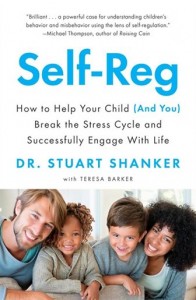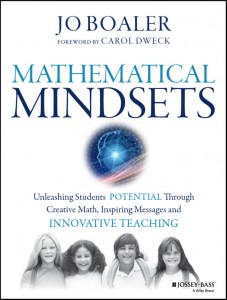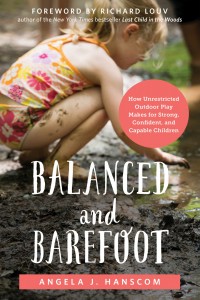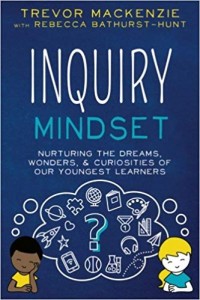It certainly is an exciting time of year! Report cards are finished, we are wrapping up curriculum and beginning to think about next year already. Most of all, everyone is excited for summer. Teachers are ready for a break from the busyness of school, but are our students?
We talk so much about building belonging in the classroom. We go out of our way to make our class feel like a family and make each child feel safe, valued, and at home when they’re with us at school. So why is it that just because the year is ending, we now outwardly and loudly celebrate the fact that this is ending?
I always thought that celebrating the end of the year was just adding to the fun and excitement of summer. I’ve always had a fun countdown for my class. Lately, I’ve been wondering if this is just adding stress on some of my students. It really hit me last week when I announced that we only had ten school days left and there were at least five children in my class that crumbled to tears.
There are many reasons a child might feel stress or anxiety about school ending. We know that for many children in this world, school is their safe place. It might be the only place they receive warm smiles, positive affirmations, their access to friends, or even healthy snacks. I wonder how it might feel, for children like this, to hear and see their caring adults celebrating and counting down to the day they no longer have to be there.
It’s not just those kids that might be feeling the anxiety around this time of year. Many children thrive on a predictable, consistent routine. The end of a school year is a major, sudden and highly impactful transition from one routine to another, or in some cases to very little routine at all. We have to be mindful of our kids that need consistency, rely on stability and struggle with change.
And then, of course, we have our children who just absolutely love school. This was the case for my young friends that were very upset last week. They simply adore being part of our class and look forward to coming to school every day. They want to be here and they want to learn. To make things worse, I likely will not be teaching at this school next year, so the end of the year for my students is also bringing with it a goodbye to their teacher. I’ve spent the year building and nurturing our teacher-student relationships and now I have to leave them. I would imagine that the departure of any caring adult would be a cause for stress and anxiety in any child.
We start to see a lot more behaviour this time of year and it almost always gets put down to “end of the year excitement”, but what if that’s not excitement? We know that behaviour is communication. What are our students communicating to us? Could this added behaviour be a result of added stress over the fast-approaching big change?
I think we need to rethink and reconsider how we are marking the end of the school year. Of course, a successful year of growth and learning calls for celebration. Can we frame our celebrations as just that? A celebration of the year, but not a celebration of the year ending? I don’t think we should pretend nothing is happening, because part of our job is to teach our children how to process these big changes. After all, life is full of change. But I do wonder if we can frame it in a more school-positive way, and through that, send off our most vulnerable students with all of the love and affirmation they need to make it through a summer without their safe place.






